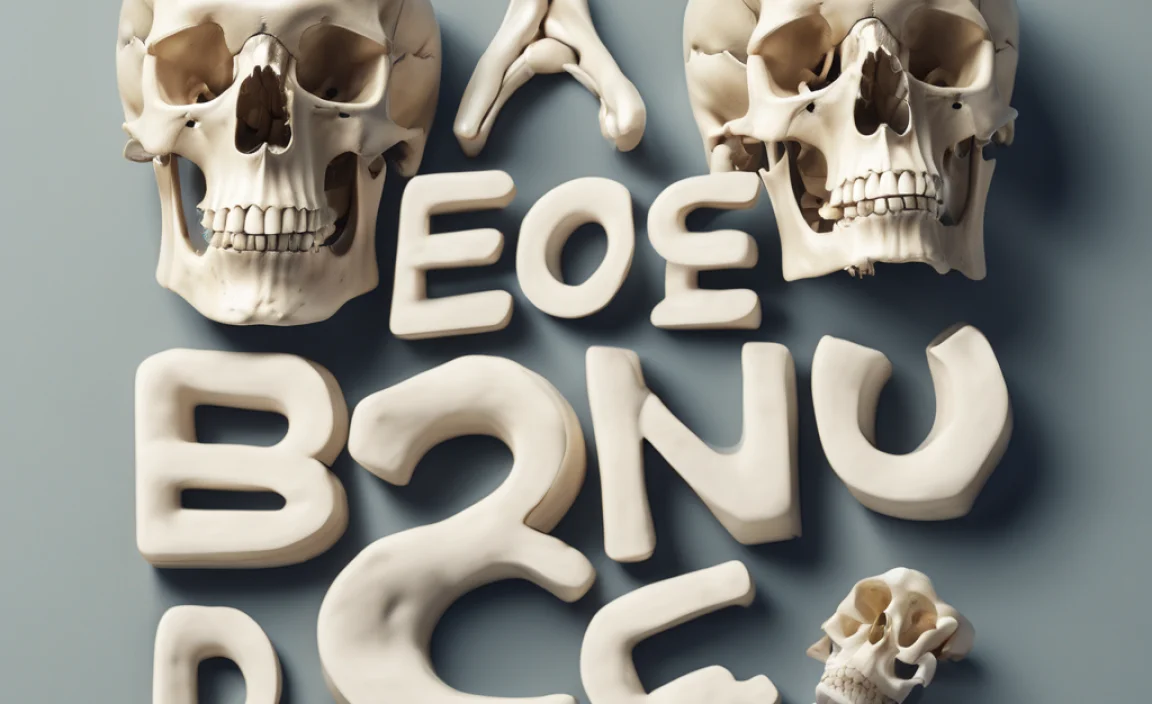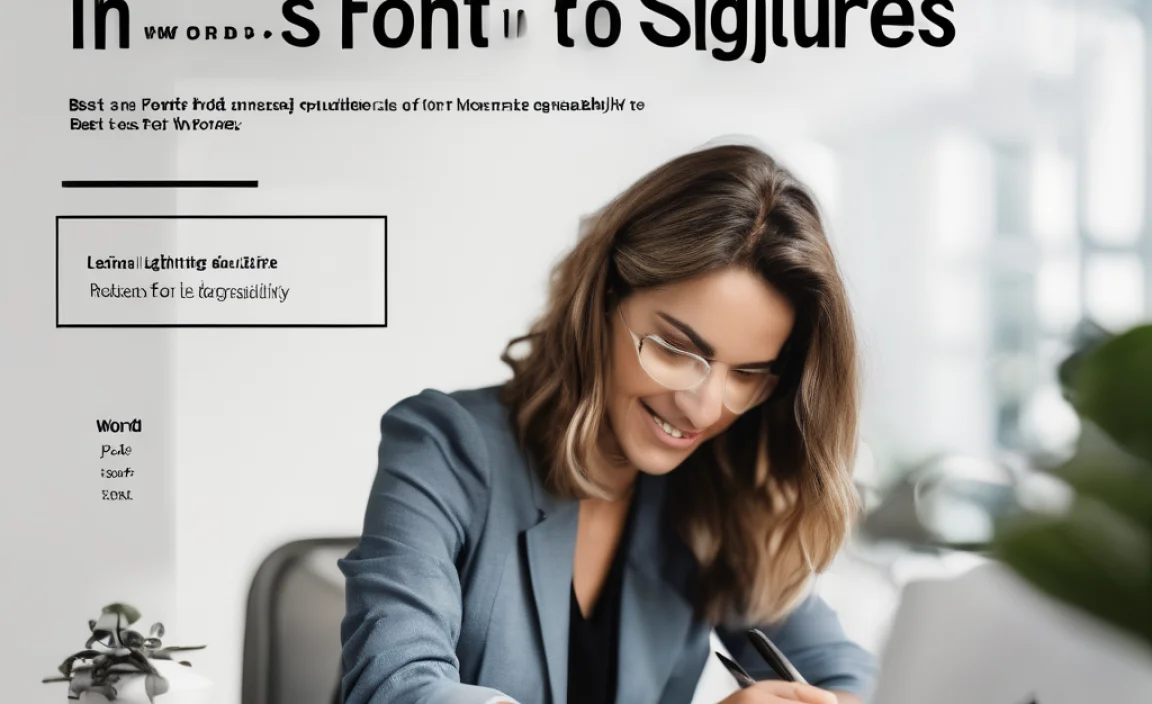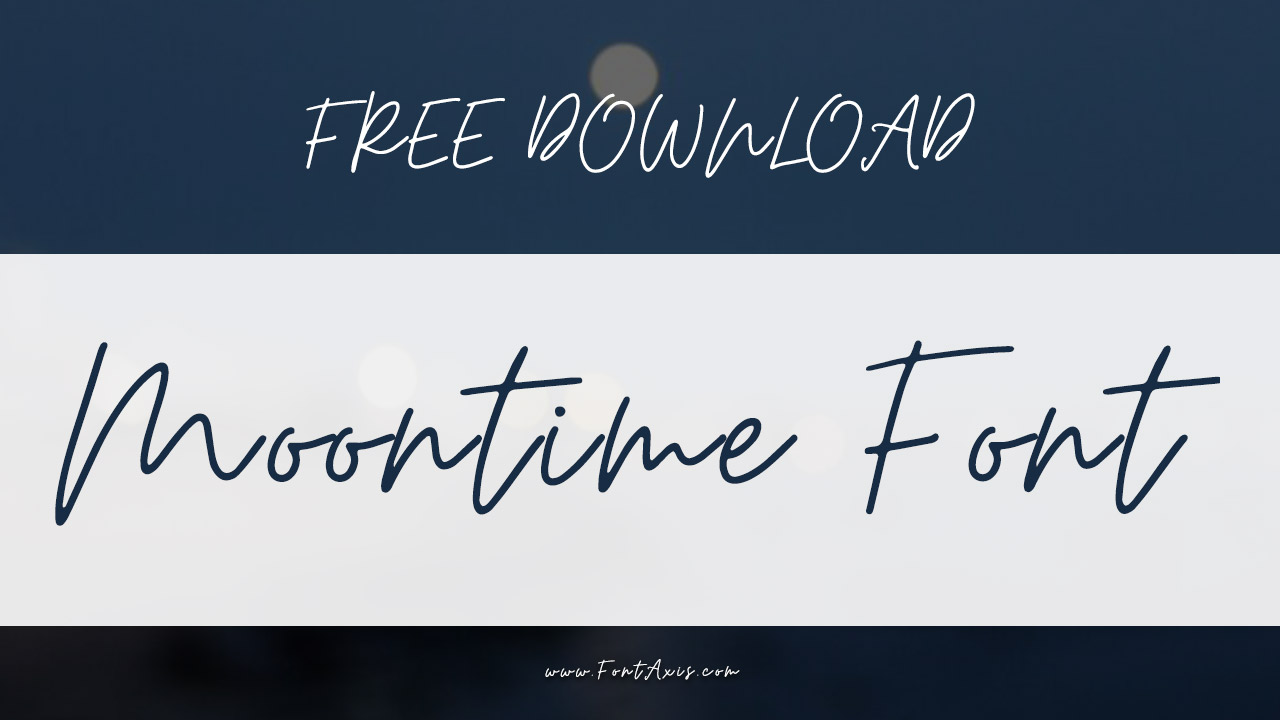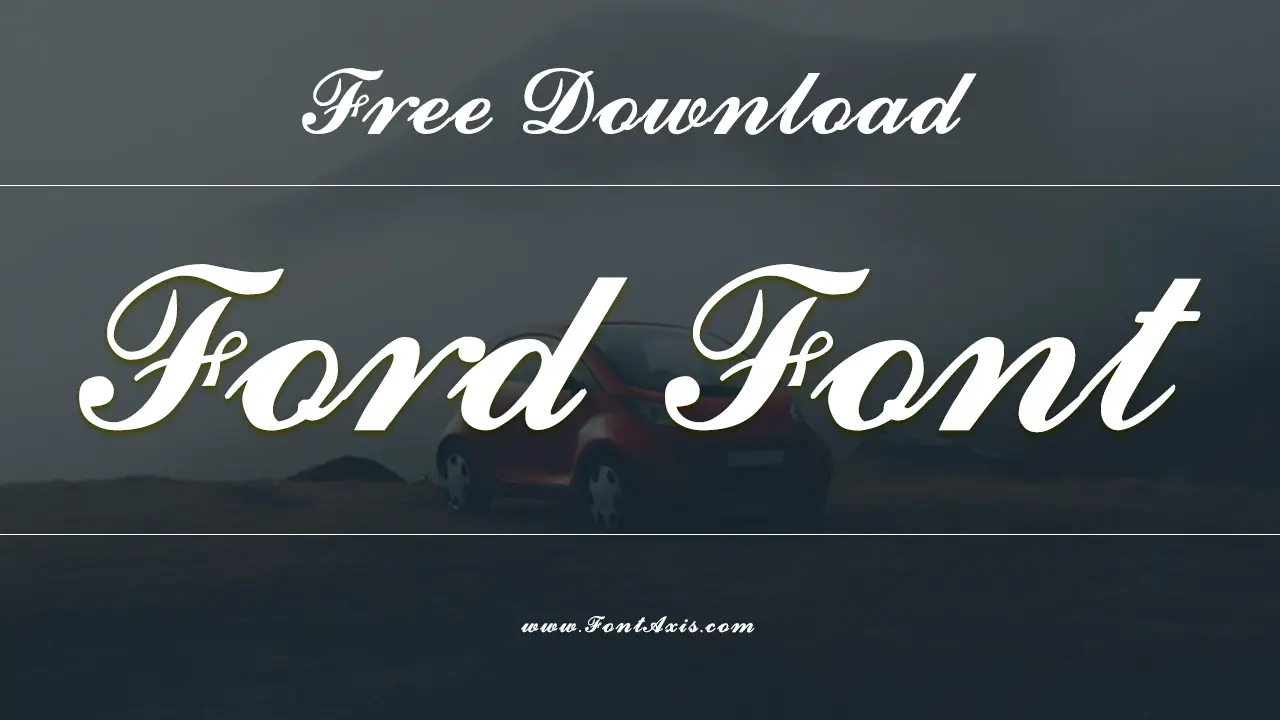Bookman Old Style Font is a timeless serif typeface renowned for its unique blend of readability, friendly charm, and versatile application, making it a brilliant choice for everything from book headings to brand identity. Its robust strokes and open counters offer excellent legibility, while its slightly quirky details add a distinctive personality.
Ever stared at a font and thought, “This just works“? That’s the magic of thoughtful design, especially when it comes to typefaces. Choosing the right font can feel like navigating a maze, but understanding a few key players can make all the difference. Today, we’re diving deep into a font that’s a true standout: Bookman Old Style. It’s a typeface that many find a bit of a puzzle – is it old-fashioned? Is it modern? We’ll explore why its design is so clever, how it achieves its unique feel, and how you can use it to make your own designs shine. Get ready to see Bookman Old Style in a whole new light, and discover how its ‘genius design’ can elevate your projects!
The Enduring Appeal of Bookman Old Style: More Than Just a Pretty Face
Bookman Old Style isn’t just another font; it’s a piece of design history that continues to resonate. Its story begins in the late 19th century, a period brimming with typographic innovation. While often compared to other popular revivals like ITC Bookman, this particular iteration has a distinct character that sets it apart. It’s a serif font, meaning it has those little decorative strokes (serifs) at the ends of its letterforms.
But Bookman Old Style’s beauty lies in its specific execution of these elements. It boasts thicker, more robust strokes than many of its contemporaries, giving it a sense of solidity and presence. The apertures – the openings in letters like ‘c’ or ‘e’ – are wide and generous. This, combined with its relatively large x-height (the height of lowercase letters like ‘x’ or ‘a’), contributes significantly to its remarkable readability. It’s a font that feels both classic and surprisingly friendly, a balance many designers strive for but few achieve so gracefully.
Deconstructing the “Genius” in Bookman Old Style’s Design
What makes Bookman Old Style a “genius” design? It boils down to a few key characteristics that work in harmony:
- Robust Strokes: The strong, chunky nature of the letterforms isn’t just for show. It provides visual weight that can anchor text, making it stand out without feeling heavy or aggressive. This makes it particularly effective for headlines and display purposes where impact is needed.
- Generous Apertures and Open Counters: Look at the ‘c’, ‘e’, ‘a’, or ‘o’. The spaces within and around these letters are notably open. This is a huge win for legibility. It prevents letters from blurring together, especially at smaller sizes or when printed on less-than-perfect paper. Think of it like giving each letter a bit more breathing room.
- Slightly Condensed Form: While not overtly narrow, Bookman Old Style often has a slightly condensed feel compared to some other serif fonts. This can be a smart design choice for fitting more text into a given space without sacrificing readability, a practical consideration for designers working with limited layouts.
- Distinctive Serifs: The serifs themselves are often well-defined and have a slight bracket (a gentle curve where the serif meets the stroke), which adds a touch of elegance and refinement. They aren’t overly ornate, keeping the overall feel grounded and accessible.
- Characterful Details: While primarily a workhorse font, Bookman Old Style possesses subtle quirks. For instance, the tail of the ‘Q’ might have a flourish, or the terminals of certain letters might have a unique cut. These tiny details prevent it from feeling bland and give it personality without being distracting.
Contrast with Other Serif Types: Where Bookman Old Style Shines
To truly appreciate Bookman Old Style, it helps to see it in context. Let’s consider a few common serif categories:
- Old Style Serifs: Typically characterized by oblique stress (the thickest part of the stroke isn’t directly vertical), less contrast between thick and thin strokes, and bracketed serifs. Fonts like Garamond or Caslon fall into this category. Bookman Old Style shares some traits but leans more towards a “modern” feel with its stronger contrast and structure.
- Transitional Serifs: A bridge between Old Style and Modern, these fonts feature more pronounced thick and thin stroke contrast and more vertical stress. Times New Roman is a prime example. Bookman Old Style has a robustness that sometimes feels more grounded than the sharp contrasts of Transitional types.
- Modern Serifs: Extreme contrast between thick and thin strokes, horizontal serifs, and strong vertical stress define this group (e.g., Bodoni, Didot). These are often very elegant but can be less readable in long blocks of text for modern audiences. Bookman Old Style’s less extreme contrast and softer serifs make it far more approachable.
- Slab Serifs: These have thick, block-like serifs, often with little to no bracketing (e.g., Rockwell, Courier). They have a very strong, sometimes industrial feel. Bookman Old Style, while robust, has softer, more traditionally shaped serifs that give it a different, less mechanical vibe.
Bookman Old Style occupies a sweet spot. It’s robust and commanding like some slab serifs, yet retains the sophisticated structure of older serif styles without the potential starkness of modern ones. This makes it incredibly versatile.
Practical Applications: Where Bookman Old Style Excels
The “genius design” of Bookman Old Style translates directly into its practical applications. It’s a font that can adapt to many roles:
1. Branding and Logo Design
For businesses seeking a brand identity that feels established, trustworthy, and yet approachable, Bookman Old Style is an excellent choice. Its strong presence makes it ideal for logos, especially when printed in a single color or small sizes where detail can be lost.
Consider a law firm, a financial advisor, or a heritage brand. Bookman Old Style conveys a sense of stability and expertise. For a more contemporary feel, pairing it with a clean sans-serif can create a sophisticated contrast.
2. Editorial Design (Books, Magazines, Newspapers)
This is where the font truly earned its name. Bookman Old Style is exceptionally well-suited for body text in books and magazines, particularly for genres where readability and a classic feel are paramount, such as historical fiction, biographies, or academic journals. Its robust nature ensures clarity on the printed page, reducing eye strain during extended reading sessions.
It also shines in headlines, subheadings, and pull quotes, providing visual hierarchy. Its slight quirkiness adds a touch of interest to otherwise standard editorial layouts.
3. Web Design and Digital Interfaces
While traditionally a print font, well-rendered digital versions of Bookman Old Style can work effectively on websites and in apps. Its open letterforms are forgiving on screens, which can sometimes be less forgiving than print.
Use it cautiously for body text on the web, as sans-serif fonts often dominate for optimal screen readability. However, for headings, calls-to-action, or specific sections where you want to evoke a sense of authority or a classic aesthetic, Bookman Old Style can be a powerful asset. Always test its rendering across different devices and resolutions to ensure optimal legibility.
4. Posters and Signage
When you need text that can be read from a distance or commands attention, Bookman Old Style delivers. Its strong presence makes it ideal for event posters, informational signs, or any application where the message needs to be clear and impactful.
5. Packaging Design
The friendly yet classic feel of Bookman Old Style can enhance product packaging. It suggests quality and heritage without feeling stuffy, making it suitable for a wide range of products, from artisanal foods to more traditional goods.
Choosing and Using Bookman Old Style Effectively
To harness the genius of Bookman Old Style, consider these design tips:
- Pairing with Sans-Serifs: Bookman Old Style’s strong serif character pairs beautifully with clean, straightforward sans-serif fonts. Think of pairings like Bookman Old Style for headlines and a font like Open Sans or Lato for body text. This creates a pleasing contrast between classic and modern.
- Consider Weight and Size: Bookman Old Style often comes in various weights (light, regular, bold, etc.). Use bolder weights for impact and regular weights for readability. Ensure you test it at different sizes to see how its legibility holds up.
- Context is Key: Always align your font choice with the overall message and brand identity. If you’re aiming for a minimalist, ultra-modern look, this might not be your go-to. However, for projects aiming for warmth, tradition, clarity, or a touch of vintage appeal, it’s hard to beat.
- Avoid Overuse: Like any font, overuse can diminish its impact. Use Bookman Old Style strategically where its strengths can shine.
A Quick Look at Bookman Old Style’s Key Attributes
Here’s a table summarizing what makes Bookman Old Style so effective:
| Attribute | Description | Benefit |
|---|---|---|
| Serif Style | Bracketed, moderately thick serifs | Adds warmth and structure, enhances readability |
| Stroke Contrast | Moderate to strong | Provides visual weight and presence, good for headlines |
| X-Height | Relatively large | Improves legibility, especially at smaller sizes |
| Apertures | Open and generous | Prevents letters from blurring, enhances clarity |
| Overall Feel | Classic, robust, friendly, authoritative | Versatile for branding, editorial, and display use |
This unique combination of traits is why, despite its age, Bookman Old Style remains a highly relevant and respected typeface in the designer’s toolkit. For more on understanding different font classifications, the American Library Association offers great foundational information on typography.
Variations and Reinterpretations
It’s important to note that “Bookman Old Style” can refer to slightly different interpretations of the original designs or revivals. For instance, ITC Bookman (designed by Arthur Moore and later expanded by Sumner Stone) is a very popular digital version that refines and expands upon the original concept, available in many weights and styles. Other foundries might offer their own interpretations.
When you encounter “Bookman Old Style” in a design application or font library, it’s often a well-executed digital version that captures the essence of the original. The core principles of its robust design, open forms, and readable serifs remain consistent, making it a reliable choice across these variations.
The “Old Style” Distinction in Typography
The term “Old Style” in typography refers to a specific group of serif typefaces from the late 15th to early 18th centuries, inspired by calligraphy. Key features include slanted stress, moderate stroke contrast, and bracketed serifs. While Bookman Old Style shares some of these characteristics, its more robust structure and stronger stroke contrast push it slightly beyond a strict “Old Style” classification, often placing it closer to Transitional or even a unique category of its own, sometimes labeled as a “Modern Old Style” or simply a strong serif with classic roots.
Understanding these nuances helps designers appreciate how typefaces evolve. Bookman Old Style, in its genius design, successfully bridges eras and styles, offering the best of several worlds. For a deeper dive into the history and evolution of typefaces, resources like the Font Library provide rich historical context and visual examples from various type foundries.
When to Be Wary: Potential Pitfalls
While Bookman Old Style is fantastic, it’s not a panacea. Here are a few considerations:
- Overly Vintage Feel: If your project requires a starkly modern, minimalist, or avant-garde aesthetic, Bookman Old Style might feel too traditional or even a bit dated.
- Screen Readability at Small Sizes: As mentioned, while generally good, very small-sized usage on low-resolution screens might still benefit from a more screen-optimized sans-serif.
- Generic Association: Because it’s been around and used extensively, some designers might perceive it as “common.” This is where creative pairing and thoughtful application become crucial to make it feel fresh and intentional.
Frequently Asked Questions about Bookman Old Style Font
What makes Bookman Old Style font so readable?
Its genius design includes robust strokes that provide weight, generous open apertures in letters like ‘c’ and ‘e’ that prevent them from blurring, and a relatively large x-height, all of which contribute to excellent legibility, especially at smaller sizes.
Is Bookman Old Style a serif or sans-serif font?
Bookman Old Style is a serif font. It features the characteristic decorative strokes (serifs) at the ends of its letterforms.
Can I use Bookman Old Style for body text on a website?
Yes, you can, but it’s often best used for headings or specific display text. While its open forms make it relatively readable on screens, sans-serif fonts are generally preferred for body text on the web due to their clarity on various devices and resolutions.
What kind of feeling does Bookman Old Style convey?
It conveys a feeling of classic elegance, robustness, friendliness, and authority. It’s a versatile font that can feel both established and approachable.
What are some good fonts to pair with Bookman Old Style?
Bookman Old Style pairs well with clean, straightforward sans-serif fonts such as Open Sans, Lato, Montserrat, or Roboto to create a pleasing contrast between serif and sans-serif styles. A simple, legible sans-serif is usually the safest and most effective choice.
Is Bookman Old Style the same as Bookman?
While closely related and often used interchangeably in casual conversation, “Bookman Old Style” usually refers to specific revivals or interpretations with a more classic feel. “Bookman” might encompass a broader range, including more modern digital versions like ITC Bookman, which have expanded weights and styles. The core design principles remain similar.
Where did Bookman Old Style font originate?
The Bookman font family originated in the late 19th century, with influences from earlier designs like Old Style typefaces. Its popularity grew through various revivals and interpretations by different type foundries over the decades.
Conclusion: Embracing the Brilliance of Bookman Old Style
Bookman Old Style font is a testament to enduring design principles. Its “genius” lies not in being overly complex or trend-setting, but in achieving a masterful balance of form and function. The robust strokes, generous openings, and classic serifs converge to create a typeface that is both visually striking and remarkably readable. It’s a font that speaks with authority yet maintains a friendly demeanor, making it an incredibly versatile tool for designers.
Whether you’re crafting a brand identity, designing a book cover, or laying out an editorial spread, Bookman Old Style offers a reliable and stylish option. By understanding its characteristics and employing thoughtful pairing strategies, you can harness its power to elevate your projects, ensuring clarity, adding personality, and conveying a sense of timeless quality. Don’t be afraid to experiment; often, the most effective designs come from drawing on the strengths of well-crafted, classic typefaces like Bookman Old Style, proving that sometimes, genius is found in elegant simplicity and robust execution.









